HDR Light Studio is a standalone lighting application providing a set of tools and content dedicated to lighting 3D scenes. Using HDR Light Studio connected to MODO provides the ability to create custom HDRI maps to light your scenes, with lights chosen and positioned to provide the perfect effect on your model. As you work with HDR Light Studio, the lighting is updated in real-time in MODO, where you can see the lighting interact with your 3D scene. You can also create and control Area Lights using HDR Light Studio.
This workflow tutorial will teach you how to use the connection between MODO and HDR Light Studio.
It will not teach you how to use HDR Light Studio itself. Please see our 'Getting Started' content here to learn the HDR Light Studio interface and the basic features.
Workflow Tutorial
1. Start MODO and load the MODO project you want to light.
It makes most sense to use the 'Render' interface layout in MODO when using HDR Light Studio (see Figure 1).
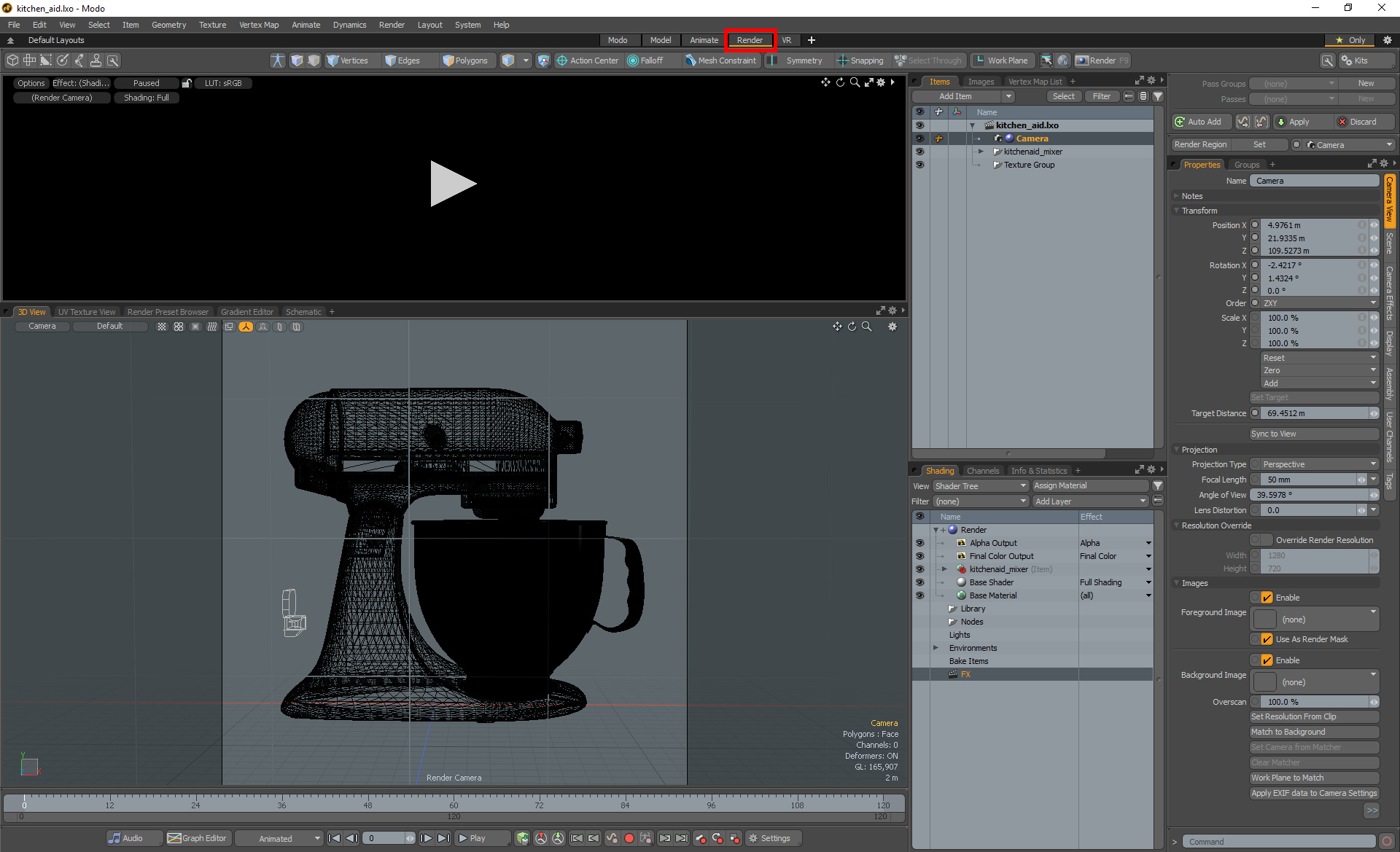
Figure 1: Setting the interface layout to 'Render'
Make sure a camera is set up and active for the specific view you want to light. By default, MODO creates a camera for us called ‘Camera’, which can be seen in the ‘Items’ panel. For this camera to be the camera view that we use when lighting in HDR Light Studio, it needs to be ‘Set as Render Camera’ by Right-Clicking on the camera in the ‘Items’ panel and selecting that option (see Figure 2). A ‘blue ball’ icon next to the camera name in the Items panel will appear to indicate that this is the current Render Camera.
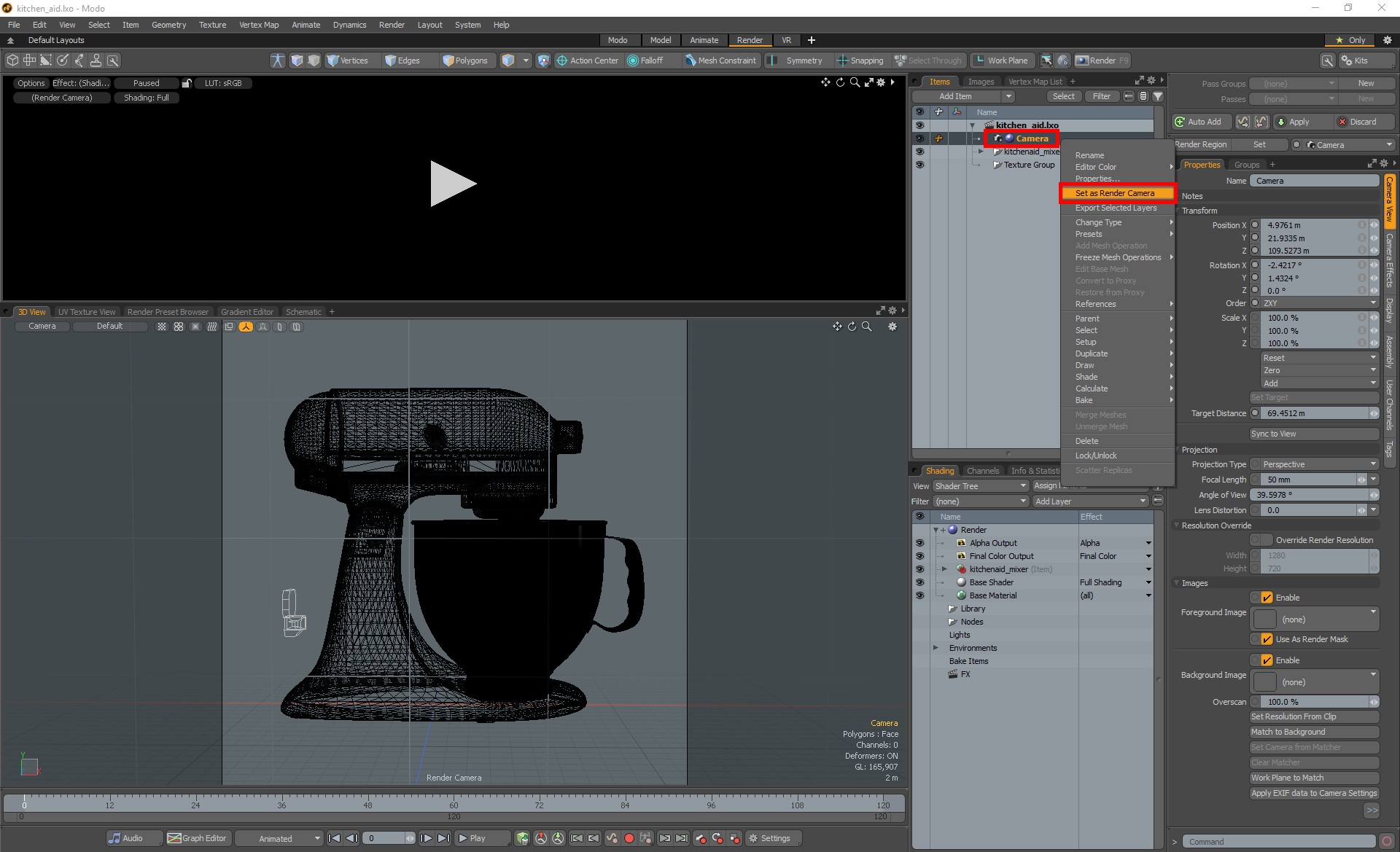
Figure 2: Setting a camera to be the Render Camera
2. In the Shading Panel, select an Environment. The HDR Light Studio Connection 'controls' can be seen at the bottom of the Environment Properties (see Figure 3).
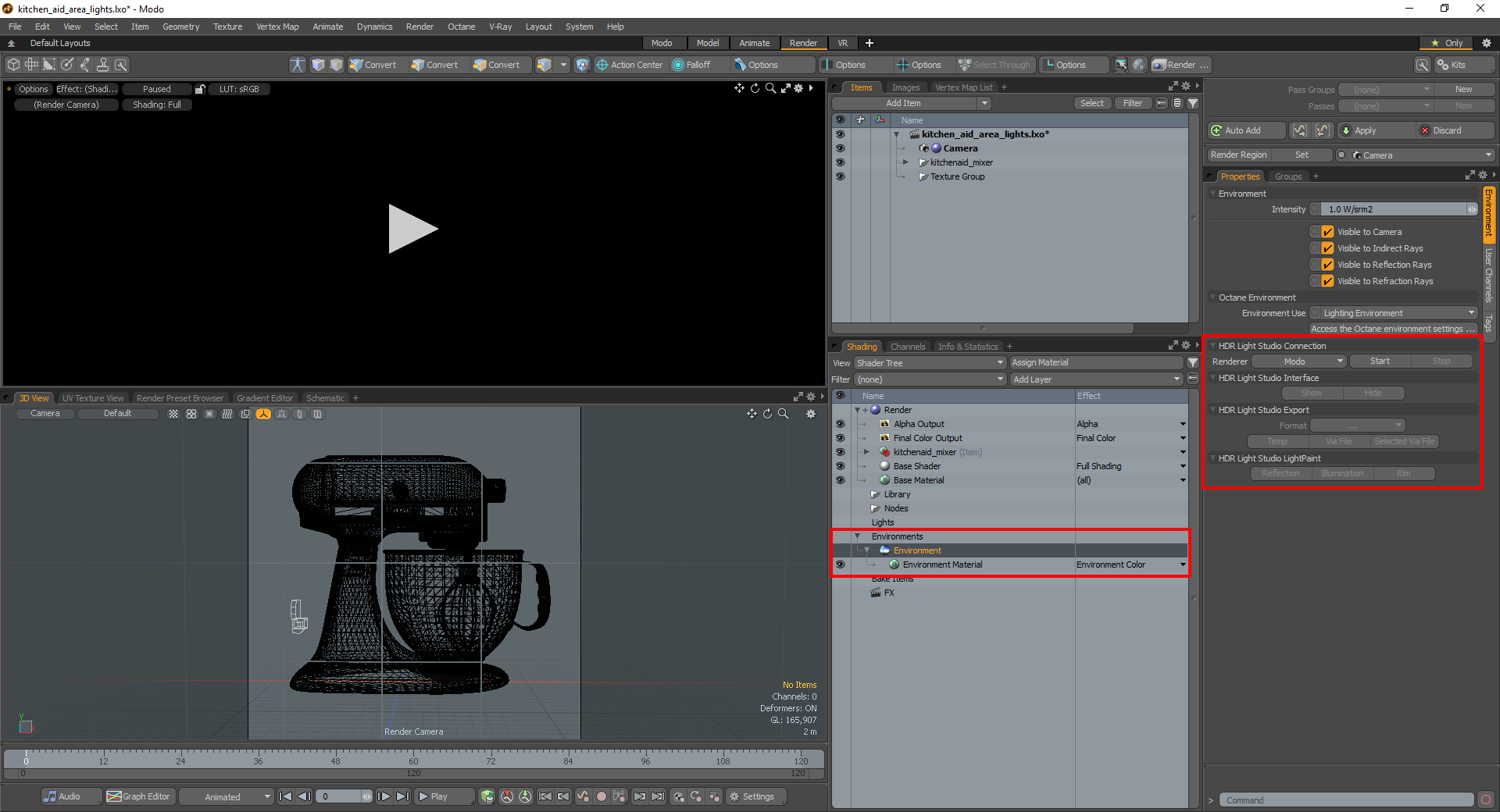
Figure 3: Controls of the HDR Light Studio connection
3. Click within the 3D viewport in Modo to make sure the view is 'active'.
HDR Light Studio needs to know the active view when starting. (Although Modo does not highlight the active view, so its easy to forget to do this).
4. In the HDR Light Studio Connection controls, use the drop-down to choose the Renderer you are using for this project (see Figure 4).
This is used to determine the available features in the HDR Light Studio interface. The lighting design created will be the same and compatible with MODO, Octane and V-Ray renderers.
In this example we are using the V-Ray renderer.

Figure 4: Choosing V-Ray as the renderer
5. Press 'Start' to start HDR Light Studio connected with MODO (see Figure 5).
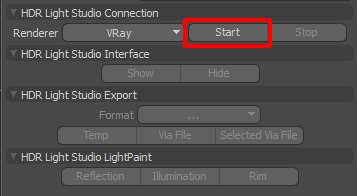
Figure 5: Starting HDR Light Studio connection
The HDR Light Studio application will now open and is connected to MODO.
The HDR Light Studio connection has added a new image on the selected Environment (see Figure 6).

Figure 6: New image is added to the environment
The current HDRI map design in HDR Light Studio is shared with MODO as a temp proxy (lo-res) image. A proxy is used because it's faster to calculate and faster for MODO to load during the iterative lighting design process. When the lighting design changes in HDR Light Studio, this image is updated in MODO to use a new temp with a new filename, to ensure the renderer uses the new image even when caching images.
Using our latest version of HDR Light Studio and the MODO connection - the HDR Light Studio interface will now show 2 Render Views. On the left is Render View [Modo|Vray] (see Figure 7)
Currently this view is not compatible with MODO V-Ray and can be closed!
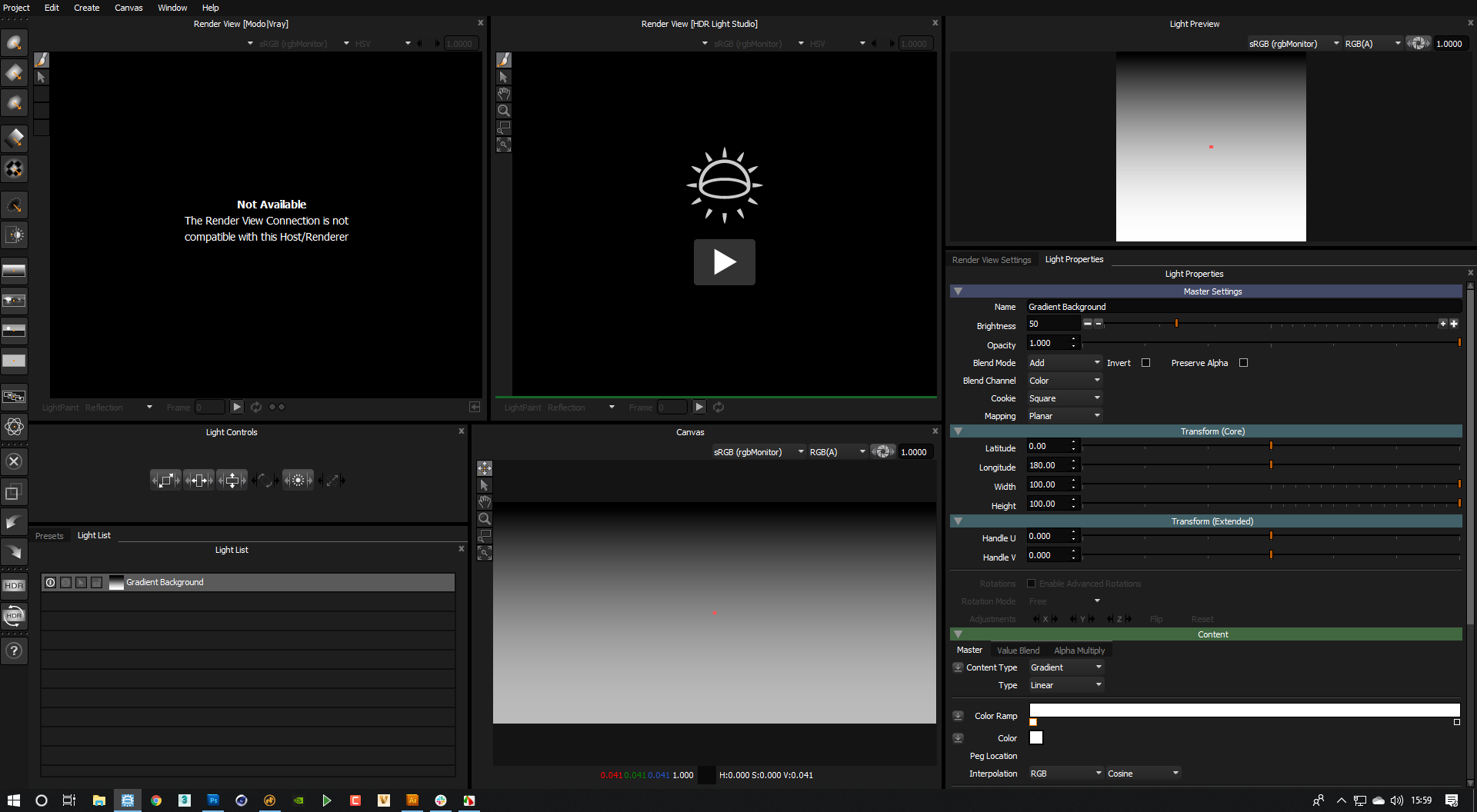
Figure 7: HDR Light Studio on startup with MODO and V-Ray
We recommend changing the layout using the top menu: Window > Layout > Load > Default > Standalone
The HDR Light Studio interface will then contain the features you need to use HDR Light Studio with MODO and V-Ray (see Figure 8).
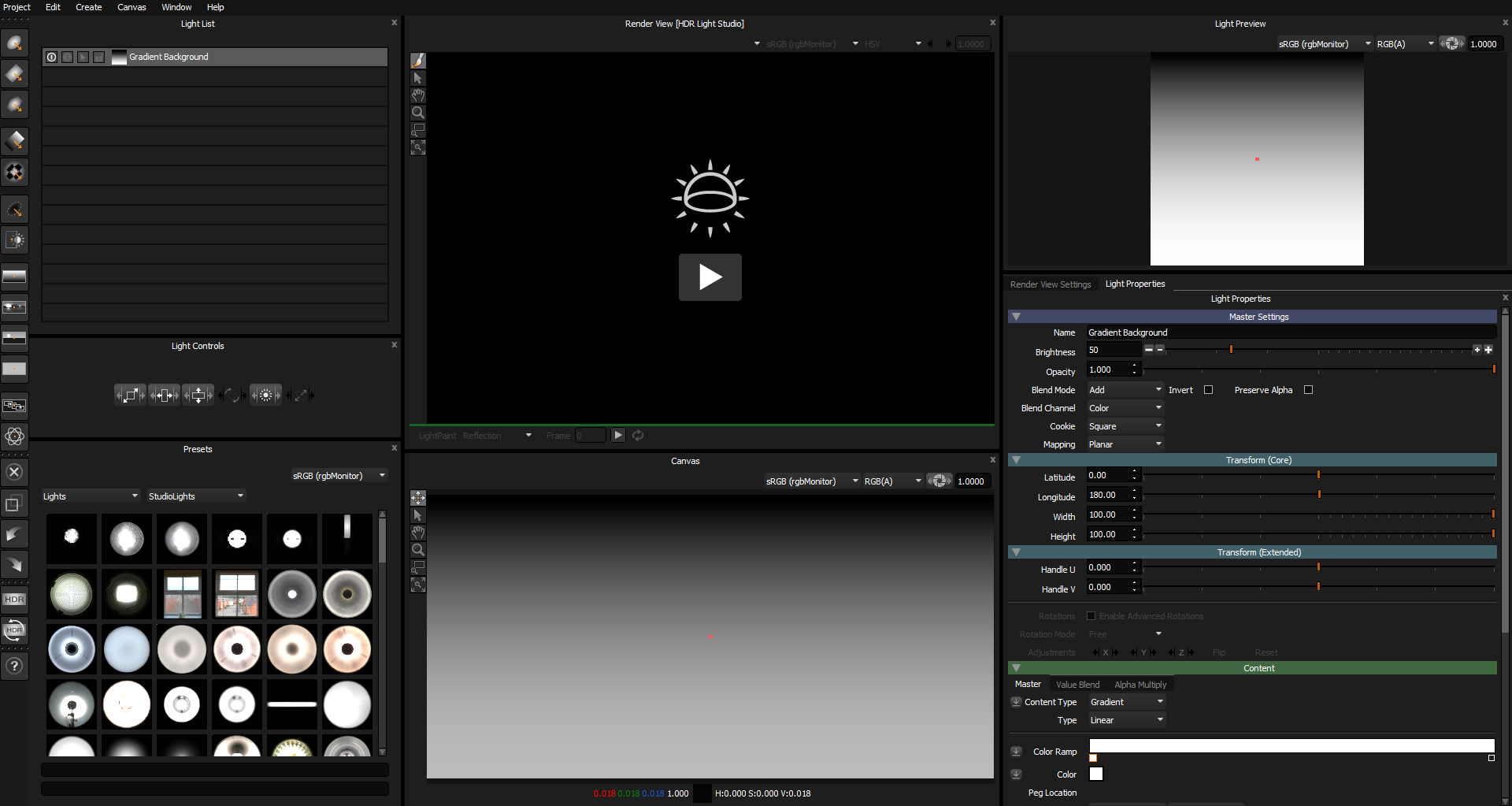
Figure 8: HDR Light Studio Standalone interface layout
Using 2 displays provides the best work flow, with HDR Light Studio on one display, and MODO on the other (see Figure 9).

Figure 9: Modo (left) and HDR Light Studio (right) running on 2 displays
6. Press the play button on Render View [HDR Light Studio] (see Figure 10).

Figure 10: Starting HDR Light Studio Render View
The Import Scene Geometry panel will pop up
7. Press Import (see Figure 11)

Figure 11: Importing the scene from Modo to HDR Light Studio render view
By default the whole MODO scene is exported as a temporary alembic file and loaded into the Render View [HDR Light Studio].
To export only selected geometry into HDR Light Studio - see here
We will use this Render View in HDR Light Studio as the interface for positioning lights on the model, with real time feedback (see Figure 12).
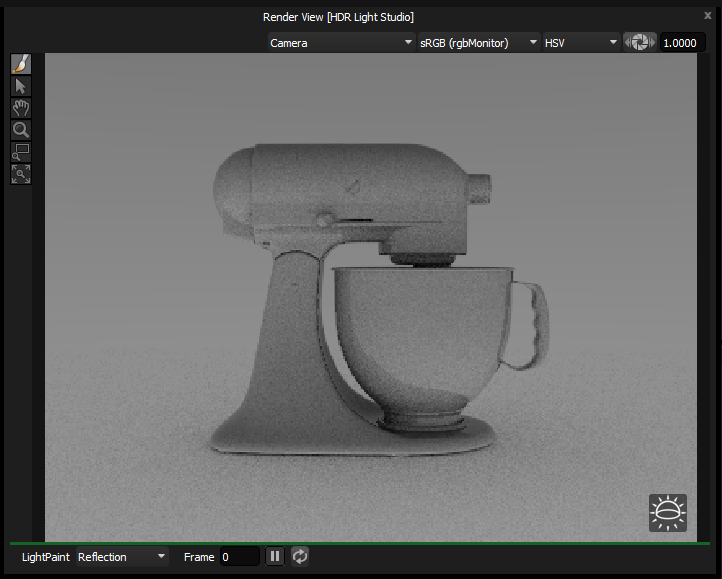
Figure 12: HDR Light Studio render view with imported scene from MODO
Let's make our first light in HDR Light Studio ...
By default, LightPaint is set to Reflection in this view. So lights are positioned to reflect in the chosen location on the 3D model when using LightPaint (see Figure 13).
Learn about LightPaint here.
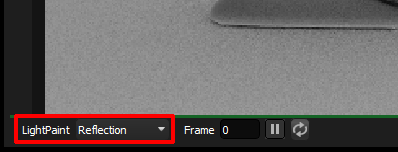
Figure 13: LightPaint mode set to Reflection
8. Drag and drop a Preset Light onto the 3D model in the Render View (see Figure 14).
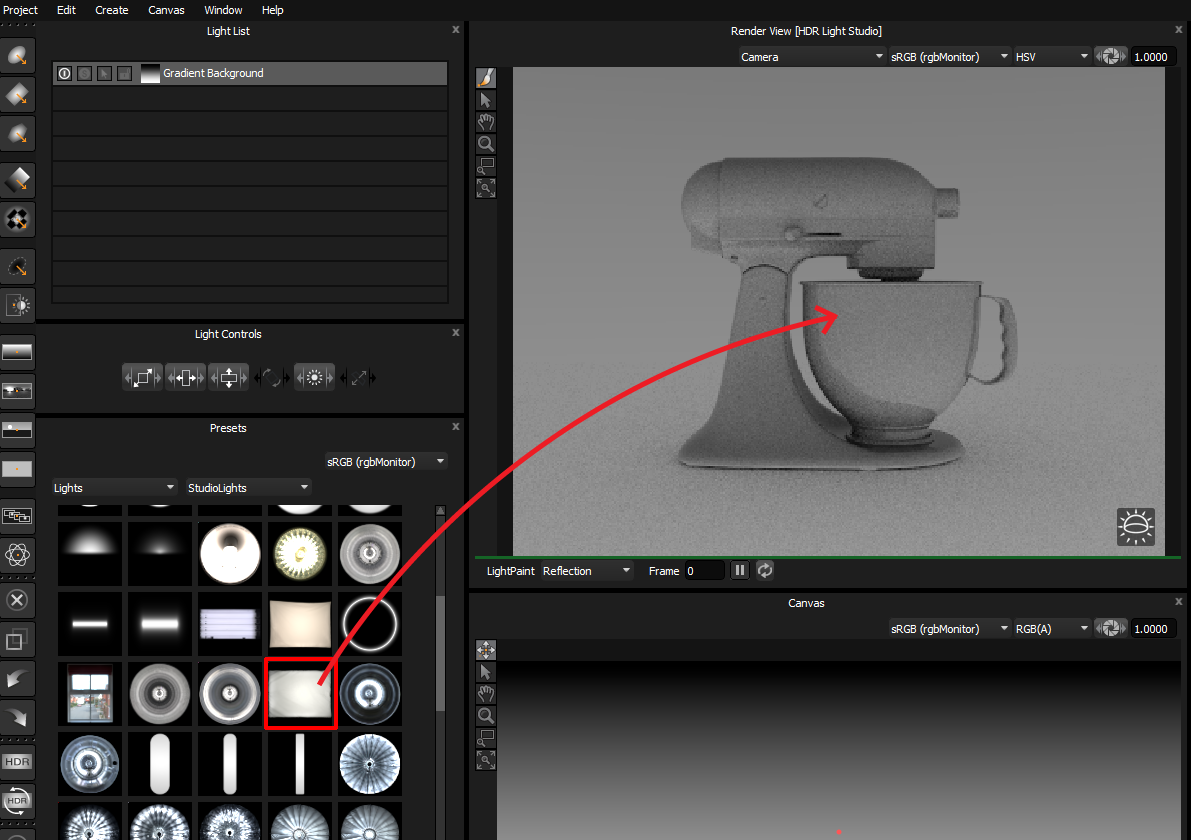
Figure 14: Placing a preset light onto the model
The Preset Light has been added to the lighting design in a location that is reflecting where the light was dropped on the 3D model.
You will see:
•A new light in the Light List in HDR Light Studio (see Figure 15).
•You can see the new light added on the Canvas (HDRI Map View) in HDR Light Studio (see Figure 15).
•The Render View has been updated to show the lighting effect on the loaded 3D model (see Figure 15).
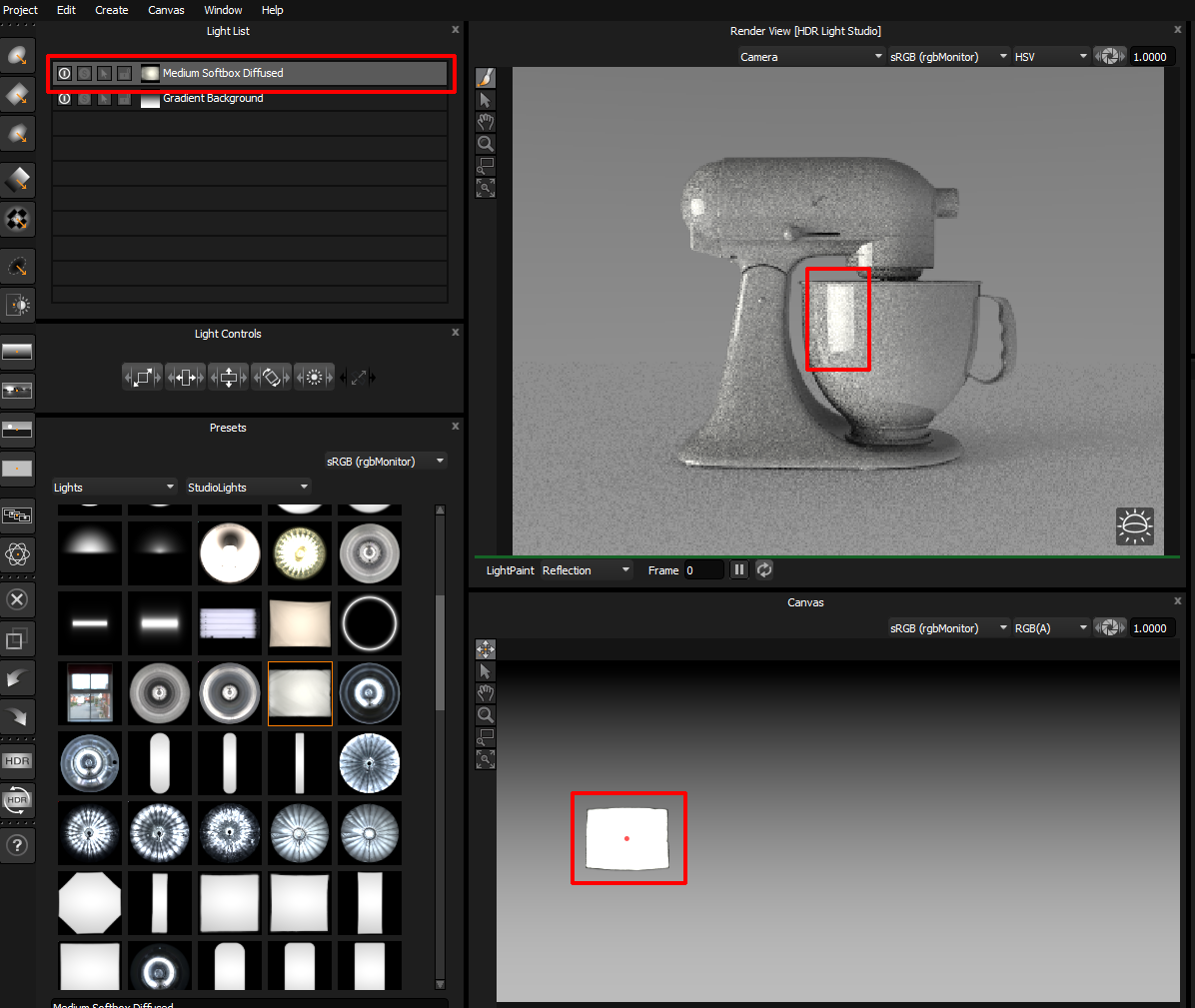
Figure 15: HDR Light Studio interface after creating a light
You can see that the LightPaint tool is active in the toolbar within the Render View [HDR Light Studio] (see Figure 16).
9. Click on the 3D model to reposition the selected light from the Light List.
This is a very interactive way to light your shot. Placing lights directly on the 3D model where you want them (see Figure 16).
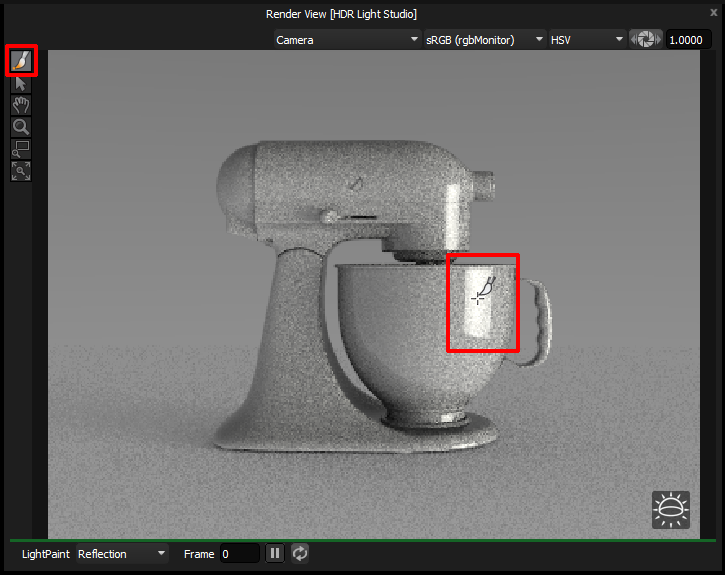
Figure 16: Using LightPaint to paint light on the model
10. Let's start V-Ray interactive rendering in MODO to see what the lighting looks like (see Figure 17).

Figure 17: Starting V-Ray interactive rendering in MODO
V-Ray Frame Buffer opens and V-Ray starts rendering the view (see Figure 18).

Figure 18: V-Ray Frame Buffer inside MODO (left) running with HDR Light Studio (right)
We can leave V-Ray rendering as we work in HDR Light Studio. When lighting changes in HDR Light Studio, it will update MODO > V-Ray to use the new lighting.
If the scene is large and rendering in V-Ray is updating slowly, you can produce test renders from time to time instead of leaving V-Ray interactive rendering running. It is up to the user to judge this performance and decide what to do.
So far the light we created is on the HDRI map. With a single setting, this light can be removed from the HDRI map, and created as an Area Light in 3D space in MODO, mapped with the HDR content from HDR Light Studio.
11. Enable the Area Light check box in the Light Properties panel for the selected light (see Figure 19).
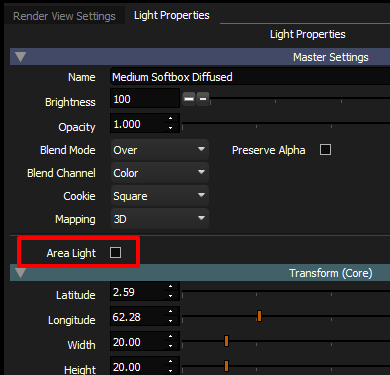
Figure 19: Converting a light into an area light
As a result of enabling the Area Light setting, these things instantly happen:
•The Light in the Light List gets the suffix [AreaLight] and the text is now yellow - clearly showing which lights are Area Lights (see Figure 20).
•The light is removed from the HDRI map lighting the Render Views (but is still represented and shown on the Canvas) (see Figure 20).
•A 3D Area Light mapped with the HDR light content (RGBA) is created in HDR Light Studio with a Smart Dolly distance of 1,000 (see Figure 20).
•A 3D plane with emitter shader is created in MODO, mapped with the HDR light content (RGBA), this can be seen lighting the shot in V-Ray (see Figure 20).

Figure 20: Light convered into an area light
12. Reduce the Smart Dolly slider value to move the light closer to the 3D model (see Figure 21).
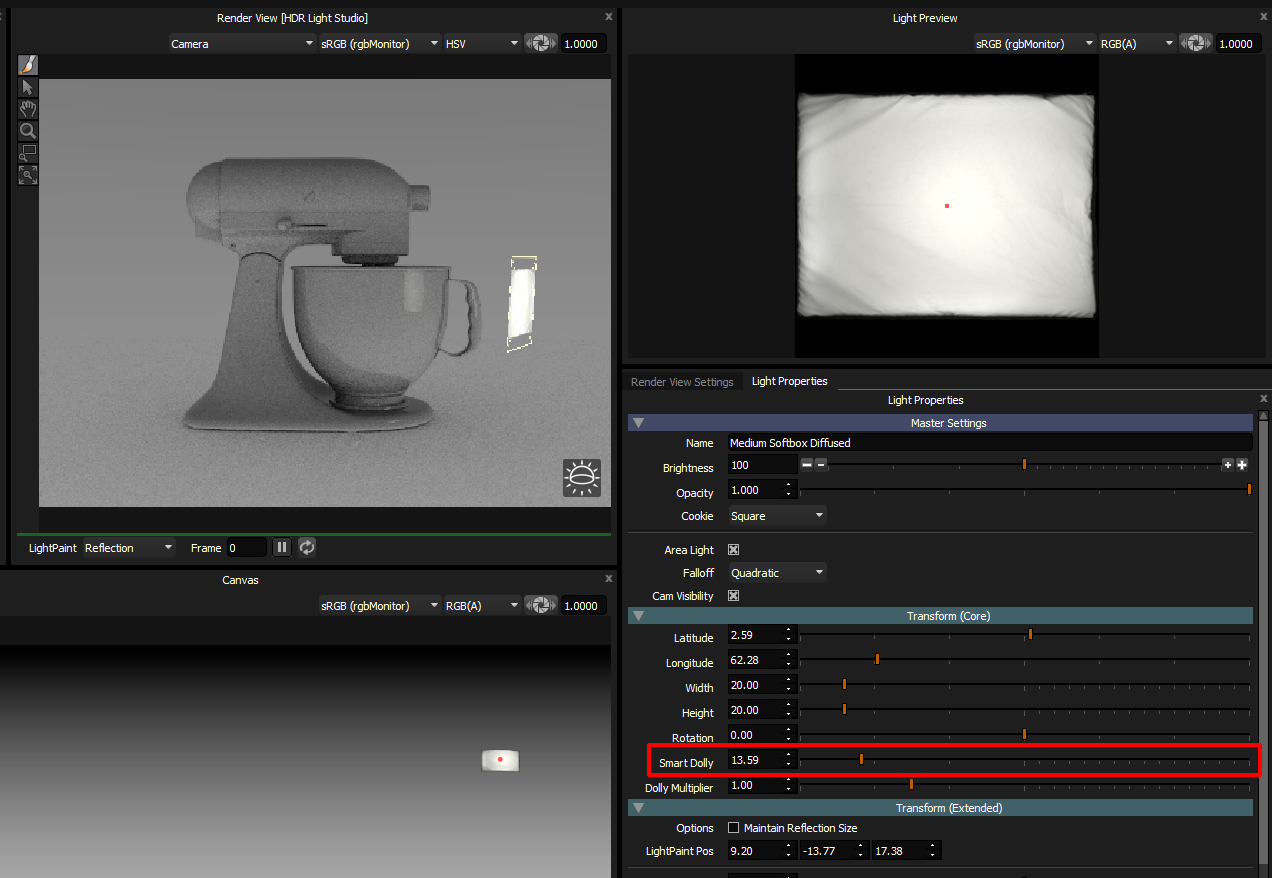
Figure 21: Moving the area light closer to the model (LightPaint position)
HDR Light Studio has a scene scale setting that is useful when working with Area Lights in MODO. If the area lights are too close or too far away by default. Adjust the Smart Dolly Scalar value in Preferences. This value scales all area lights in HDR Light Studio.
On the MODO user interface, we can see:
•The Area Light geometry in the viewport (see Figure 22) (If not, the area light is most likely too far away from your scene. To learn more about Smart Dolly - click here)
•A folder containing the area lights made with HDR Light Studio in the Items panel (see Figure 22)
•Shaders setup in the Shading panel for the created area lights - mapped with HDR (RGBA) content (see Figure 22)

Figure 22: MODO interface after creating an area light
13. In HDR Light Studio, use LightPaint in the Render View [HDR Light Studio] to move the Area Lights, just like moving a light on the HDRI map (see Figure 23).
In fact area lights are controlled just like any other light in HDR Light Studio, with the addition of distance settings.
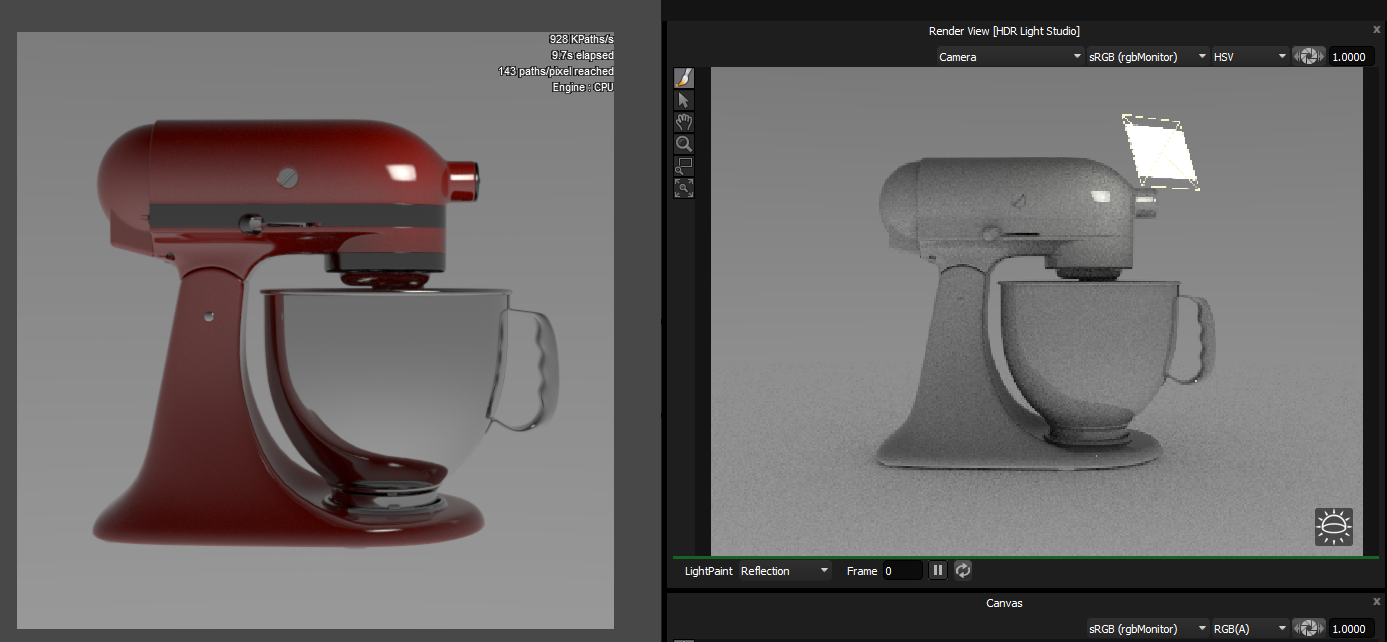
Figure 23: Using LightPaint to position the area light
When using the HDR Light Studio area lights, please note:
Renaming/deleting/duplicating these area lights in MODO (or any part of their associated shader network/file nodes) will cause problems!
14. Production Render
Once you are happy with your lighting, press the 'Production Render' button in HDR Light Studio (see Figure 24).

Figure 24: Production Render buttons
Set your Production Render settings and Press Render in this panel. Notice how the 'Orientation' is already set to 'Modo/Vray', this ensures that the rendered HDRI map is mapped correctly in the host, i.e. MODO (see Figure 25). For more information see: Production Render Dialog
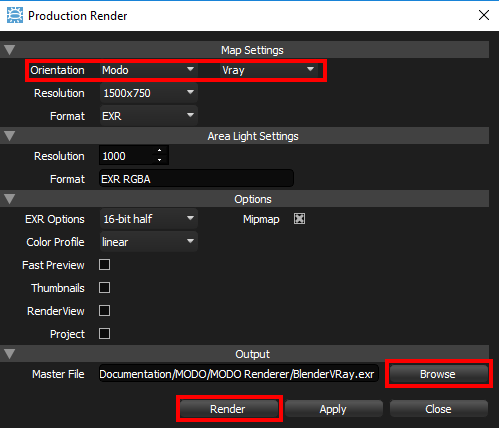
Figure 25: Production Render Panel
The production quality content will be calculated and saved. The connection will automatically update MODO to use these final area light and HDRI map images.
If any further changes are now made to the lighting in HDR Light Studio, all content will be updated to use the updated proxy versions again.
So please ensure you 'Stop' the HDR Light Studio connection after you have produced your production lighting, by Pressing the Stop button (see Figure 26).
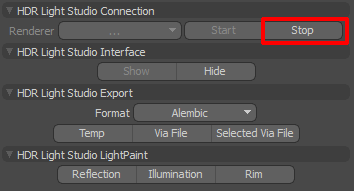
Figure 26: Stopping the HDR Light Studio connection
15. Save MODO scene.
If you would like the HDR Light Studio project to be saved in your MODO scene, you should save your MODO scene now. This way the scene state matches the HDRI map and area lights that are currently in the project.
16. Saving and loading HDR Light Studio projects
HDR Light Studio projects can be saved from the HDR Light Studio interface at any time during the lighting process as a HDi file (native HDR Light Studio project file), even when using HDR Light Studio via a connection. If you were to open HDR Light Studio in a connection with MODO, this project can be loaded into HDR Light Studio using Project > Open Project. The lighting design would load into HDR Light Studio replacing its current design, and would then be synced back into MODO. This is how you can move lighting between MODO projects or between other supported 3D software.
